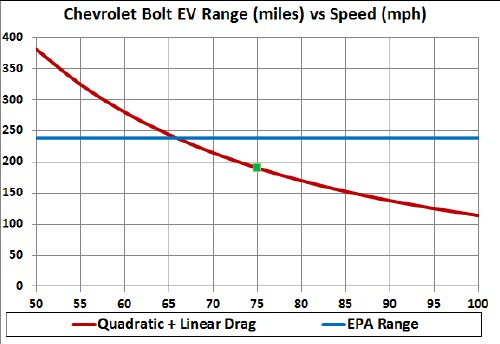A
Anonymous
Guest
so, i ordered a chevy bolt for my husband for his birthday, i had given specifications to the dealership, i had even discussed with them how awesome i thought it was that it could charge X amount of miles while he was at work/or traveling and taking a long lunch break with Fast Charge...you think that would mean my car would come with that  . but when the car was delivered to my house and after i signed papers and they drove off, we noticed that that car wasn't installed with the DC option in the car!! ugh! The dealership won't take the car back without some crazy restocking fee, etc, so needless to say we are stuck with 240V option only that takes 8-9 hours at night.
. but when the car was delivered to my house and after i signed papers and they drove off, we noticed that that car wasn't installed with the DC option in the car!! ugh! The dealership won't take the car back without some crazy restocking fee, etc, so needless to say we are stuck with 240V option only that takes 8-9 hours at night.
so, question is this. my husband has been driving it and now, fully charged it say 175 mile max! we've had it a week. it used to be 241?? How do we get this back up so he can go farther? can we get this back up? we are very new to the electric car world. His last car he had for 15 years so this is all very very new!
so, question is this. my husband has been driving it and now, fully charged it say 175 mile max! we've had it a week. it used to be 241?? How do we get this back up so he can go farther? can we get this back up? we are very new to the electric car world. His last car he had for 15 years so this is all very very new!














